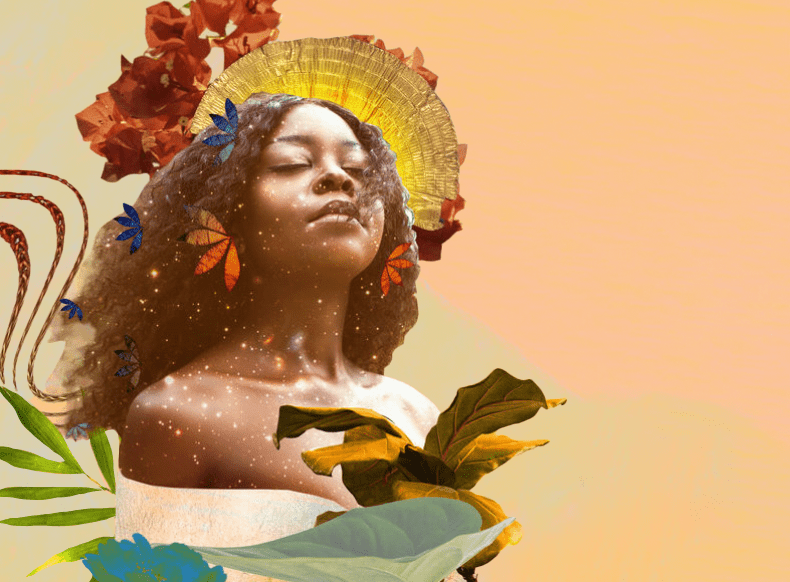
January 5, 2020; Guardian
The Wampanoag, the American Indian nation that made first contact with the Mayflower “Pilgrim” settlers and whose first autumn feast with those settlers is routinely misrepresented in stories about the “first Thanksgiving,” may be getting a little more respect in 2020 in Great Britain, the nation from which those Mayflower pilgrims came.
“Native Americans whose ancestors suffered at the hands of 17th-century European settlers and adventurers are hoping commemorative events marking the 400th anniversary of the Mayflower’s journey will reveal their story to the whole world,” writes Steven Morris in the Guardian. “A year-long series of exhibitions, performances and community events will be centered on the Devon port of Plymouth, four centuries after the ship set sail for North America.”
Thousands from both sides of the Atlantic are expected to take part, Morris adds.
Paula Peters, who is a Wampanoag citizen and sits on an advisory committee helping shape the British commemoration, tells Morris, “We’re very pleased to be standing up as equals on an international platform to tell our story. So often the story of the Mayflower is just about the boat. The Mayflower lands and the pilgrims are depicted as founders, not takers.”
For the Wampanoag, Peters reminds us, the result of contact with the Pilgrims ultimately was a story of “disease, enslavement, and massacre.” As NPQ noted last November, for the Wampanoag, Thanksgiving is a day of mourning, with the 50th commemoration taking place at a memorial to those who died in Plymouth, Massachusetts.
Sign up for our free newsletters
Subscribe to NPQ's newsletters to have our top stories delivered directly to your inbox.
By signing up, you agree to our privacy policy and terms of use, and to receive messages from NPQ and our partners.
Peters notes, “The commemoration also gives us the opportunity to remind the world who we are and that we are still here. We are a viable and very active nation of indigenous people.”
One of the commemoration projects being held in Great Britain is the exhibition of an ornate wampum (shell bead) belt, which is being created by more than 100 Wampanoag people. The wampum belt tells the story of the Wampanoag through symbols such as whale, deer, fish, and a creation tree. Peters, adds Morris, “hopes the making of the belt may prompt the return of an old one, that of the Wampanoag chief Metacom,” which has remained in England since it was seized in 1677 during King Philip’s War, but whose current whereabouts are unknown.
“We continue to look for this belt,” Peters tells Morris. “It’s not just a treasure, it’s our story. It could be in England still, perhaps in a private collection. It may be pie in the sky, but we hope the tour of our new belt may jog someone’s memory. That’s a tangible thing that could come out of all this.”
Julia Marden, the weaving manager for the new belt, and also a Wampanoag citizen, does not expect to see the Metacom belt reappear, but would like at least some of the Wampanoag items that are currently held in the British Museum to be returned to the Wampanoag people. “As an indigenous person I would say we want it all back, but we’re realistic. We know we’re not going to get it all back.” Marden also hopes the commemoration will remind the world that the Wampanoag people and other American Indians are still around. “We’re hidden in plain sight,” she says.
Charles Hackett, the chief executive of Mayflower 400, concedes that American Indians had been missing from previous British commemorations of the Mayflower and says the current organizers are trying to make amends. “This is not a story about a boat leaving one place and arriving in another place,” Hackett emphasizes. “It is a story that has a huge sweep of history.”
Hackett adds that, “It’s important we include all the voices that are significant. We won’t get it entirely right. How can you? But we’re committed to doing it better than it was before.”—Steve Dubb













